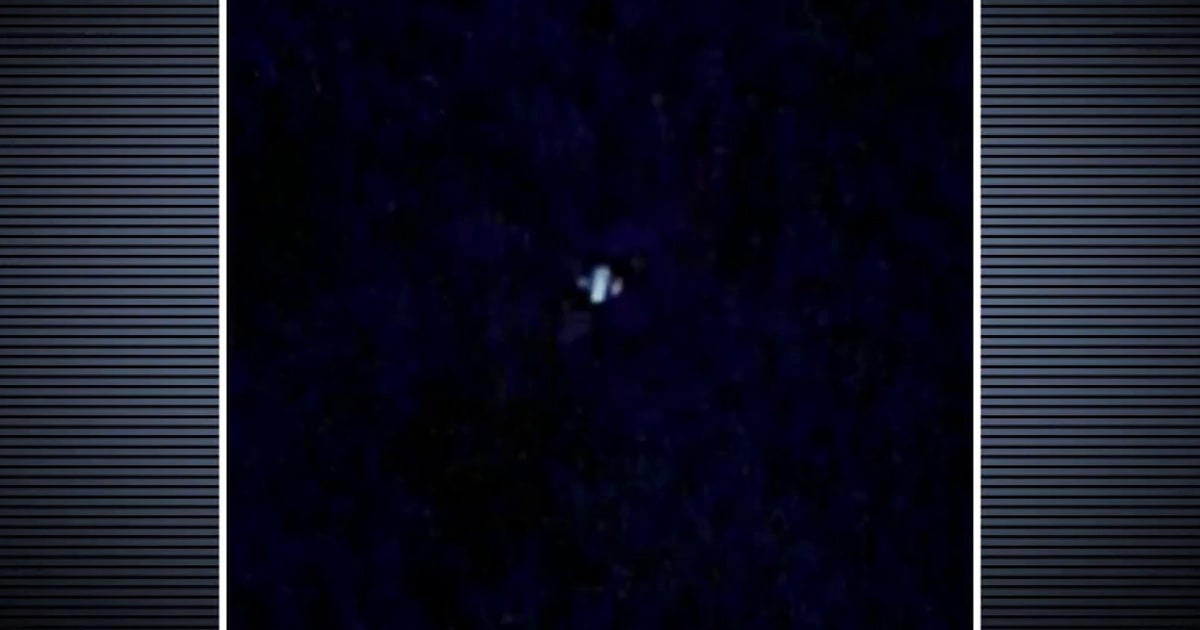Surge in Drone Sightings: A Call for Federal Regulation
As drone technology continues to evolve and proliferate, reports of unauthorized drone sightings are surging across the United States. This uptick in activity has prompted federal authorities to intervene, raising critical questions about safety, privacy, and airspace management. With drones becoming more commonplace in both commercial and recreational settings, understanding the implications of this surge is essential for policy makers, air traffic regulators, and the general public.
The Rise of Drone Sightings
In recent months, various states have experienced significant increases in reports of drone sightings. From urban centers to rural areas, citizens are encountering drones buzzing overhead, leading to heightened concerns over potential infringements on privacy and safety. According to the Federal Aviation Administration (FAA), drone sightings have surged by over 150% compared to the previous year, indicating a need for immediate regulatory action.
Several factors contribute to this increase:
- Accessibility of Drone Technology: With the rapid advancement in drone technology and decreasing prices, more individuals and businesses are purchasing drones for various purposes, from aerial photography to agricultural monitoring.
- Lack of Awareness: Many new drone operators are unaware of the existing regulations, leading to unintentional violations of airspace and privacy laws.
- Increased Interest in Recreational Use: The COVID-19 pandemic saw a boom in outdoor activities, including drone flying, as people sought safe recreational options.
Federal Response and Regulatory Changes
The escalating reports of drone sightings have prompted federal authorities, including the FAA and the Department of Transportation, to consider new regulations aimed at managing this growing challenge. The proposed regulations focus on several key areas:
- Stricter Registration Requirements: Proposed changes include more stringent registration processes for recreational and commercial drones to ensure that operators are aware of and comply with regulations.
- Enhanced Operational Guidelines: New operational guidelines may be introduced to dictate where and when drones can be flown, especially in urban environments and near sensitive areas like airports and government buildings.
- Technology Solutions: The federal government is exploring the use of geofencing and other technological solutions to prevent drones from entering prohibited airspace.
These regulatory measures are designed not only to enhance safety but also to address the growing concerns surrounding privacy violations. As drone technology becomes more sophisticated, the potential for misuse increases, necessitating a balanced approach that fosters innovation while protecting citizens’ rights.
Privacy and Security Concerns
The increase in drone sightings raises significant privacy issues. With the capability to capture high-resolution images and video, drones can easily invade personal spaces, leading to alarming implications for individual privacy rights. Advocates for privacy protection argue that without clear regulations, drones could be misused for surveillance, harassment, or even stalking.
Additionally, security concerns are paramount. Drones have been implicated in several high-profile incidents, including near-misses with commercial aircraft. The FAA has reported numerous incidents where drones were flown dangerously close to manned aircraft, raising alarms about the potential for catastrophic accidents.
Public Sentiment and Community Responses
Public sentiment regarding drones is mixed. While many appreciate the benefits of drone technology—such as enhanced delivery services and aerial photography—others express concerns over safety and privacy. Community responses vary widely, with some municipalities moving to enact local ordinances governing drone use. These local regulations often reflect the unique concerns of specific communities, particularly in areas with high population density.
Community engagement is crucial in shaping effective drone policies. Local forums and public meetings can provide platforms for citizens to voice their concerns and preferences regarding drone use in their neighborhoods. This grassroots involvement can help authorities create regulations that uphold safety and privacy while still allowing for the innovative use of drone technology.
Future Implications for Air Traffic Management
The integration of drones into national airspace poses unique challenges for air traffic management. As the number of drones in the sky increases, traditional air traffic control systems may struggle to accommodate them alongside manned aircraft. This situation necessitates the development of a comprehensive framework for managing both types of traffic.
Several potential solutions are being explored:
- Remote Identification Systems: Similar to how manned aircraft are tracked, remote identification systems for drones could provide real-time data on drone locations, enhancing situational awareness for air traffic controllers.
- UAS Traffic Management (UTM): The FAA is actively working on UTM systems that would allow for the coordination and integration of drone flights with existing air traffic operations, ensuring safety and efficiency.
Conclusion: Balancing Innovation and Regulation
The surge in drone sightings presents a complex challenge that necessitates a balanced approach between fostering innovation and ensuring public safety and privacy. As federal authorities take steps to implement new regulations, it is essential for all stakeholders—including drone manufacturers, operators, and the public—to engage in constructive dialogue.
Through collaboration and proactive regulation, it is possible to develop a framework that allows for the beneficial use of drones while addressing the legitimate concerns surrounding their operation. As we look to the future, the integration of drones into our airspace will undoubtedly reshape how we think about transportation, privacy, and safety in the 21st century.
See more Future Tech Daily

